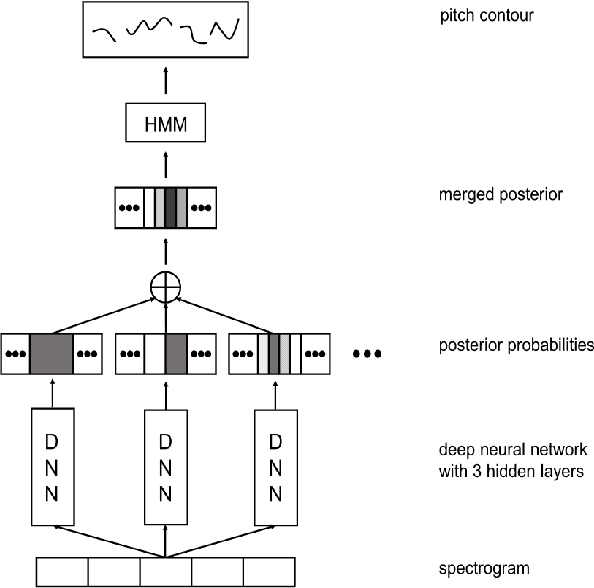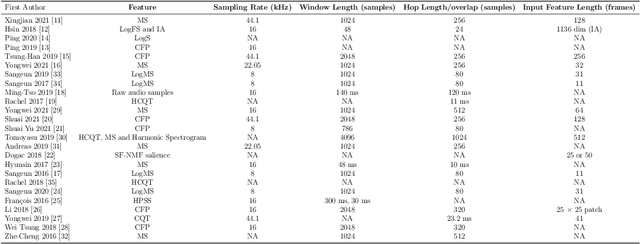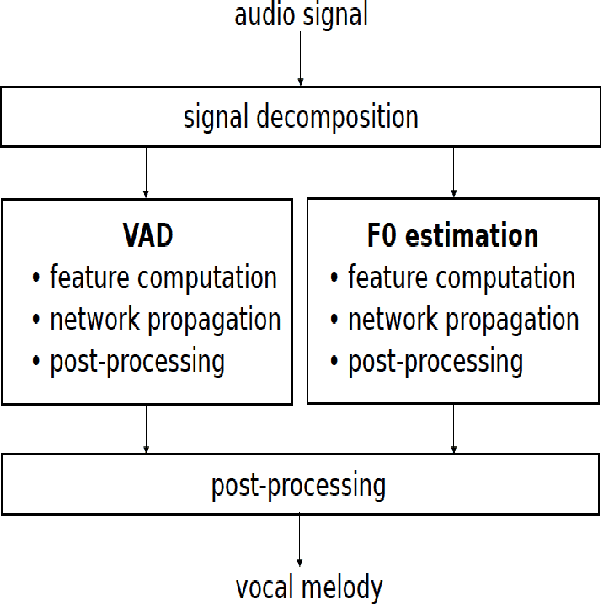Melody Extraction from Polyphonic Music by Deep Learning Approaches: A Review
Paper and Code
Feb 02, 2022



Melody extraction is a vital music information retrieval task among music researchers for its potential applications in education pedagogy and the music industry. Melody extraction is a notoriously challenging task due to the presence of background instruments. Also, often melodic source exhibits similar characteristics to that of the other instruments. The interfering background accompaniment with the vocals makes extracting the melody from the mixture signal much more challenging. Until recently, classical signal processing-based melody extraction methods were quite popular among melody extraction researchers. The ability of the deep learning models to model large-scale data and the ability of the models to learn automatic features by exploiting spatial and temporal dependencies inspired many researchers to adopt deep learning models for melody extraction. In this paper, an attempt has been made to review the up-to-date data-driven deep learning approaches for melody extraction from polyphonic music. The available deep models have been categorized based on the type of neural network used and the output representation they use for predicting melody. Further, the architectures of the 25 melody extraction models are briefly presented. The loss functions used to optimize the model parameters of the melody extraction models are broadly categorized into four categories and briefly describe the loss functions used by various melody extraction models. Also, the various input representations adopted by the melody extraction models and the parameter settings are deeply described. A section describing the explainability of the block-box melody extraction deep neural networks is included. The performance of 25 melody extraction methods is compared. The possible future directions to explore/improve the melody extraction methods are also presented in the paper.
 Add to Chrome
Add to Chrome Add to Firefox
Add to Firefox Add to Edge
Add to Edge